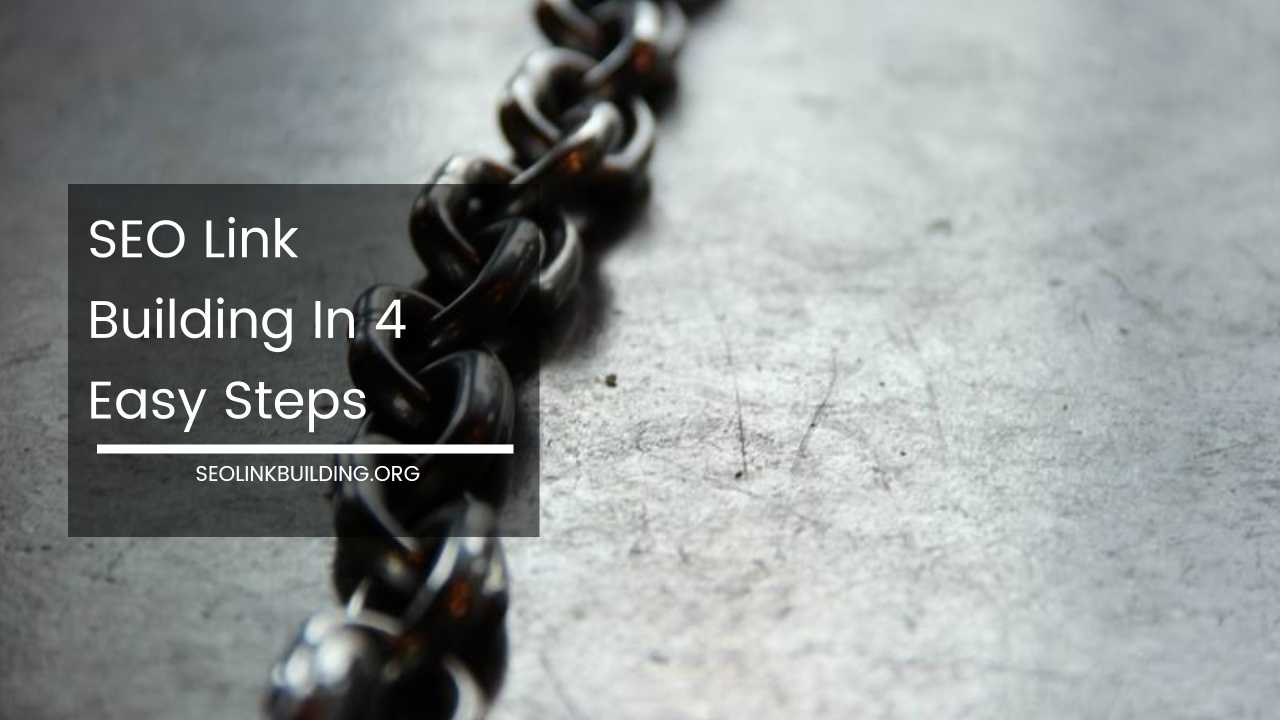Deciding on Whether to Write Brief Posts or Descriptive Posts

Deciding on Whether to Craft Bite-Sized Content or Dive Deep: A Strategic Guide for Bloggers
The realm of content creation is a constant battle for attention. Between the pressure to churn out consistent updates and the desire to truly captivate readers, bloggers often find themselves at a crossroads: should they opt for brief, punchy posts or detailed, informative ones?
The good news is, there’s no single, definitive answer. By understanding the strengths and weaknesses of each approach, you can develop a strategic content calendar that caters to different needs and maximizes your impact.
Beyond Word Count: Aligning Content with Purpose
Many believe that content length is the sole deciding factor. However, the true question lies in the goal of your post. What are you aiming to achieve with this piece? Are you hoping to spark a quick conversation, share a news snippet, establish your expertise on a complex topic, or guide readers through a step-by-step process?
Consider these scenarios:
- Quick Updates: Imagine a social media post announcing a new product launch. Here, a concise blurb accompanied by a captivating image might be ideal.
- Tutorials: Detailed explanations with breakdowns of each step are essential for a comprehensive understanding and a successful execution.
- Thought Leadership Pieces: To truly cement your authority, delving deep into a topic with research, data analysis, and insightful commentary is crucial.
The Enticement of Short-Form Content: Bite-Sized Information for the Busy Reader
Short posts hold undeniable advantages that can help you stay relevant and engaged with your audience:
- Time-Efficient: They require less brainstorming and writing time, allowing for frequent content creation and a steady stream of updates.
- Reader-Friendly: In our fast-paced world, short bursts of information cater well to readers with limited attention spans. They can quickly grasp the key message without feeling overwhelmed.
- Punchy Delivery: Get straight to the point and deliver a clear message with impact. This can be particularly effective for sharing quick tips, highlighting news snippets, or promoting upcoming events.
- SEO Benefits: Posting consistently with fresh content can be good for search engine optimization (SEO). Short posts can act as stepping stones, leading readers to your longer, more in-depth content.
However, brevity can also be a double-edged sword:
- Limited Engagement: Short posts might not generate much discussion or comments. Due to the lack of depth, readers may not feel compelled to engage further.
- Shallow Depth: Complex topics suffer without detailed explanations, leading to a lack of authority and potentially inaccurate information.
- Low Conversion Rates: Readers may quickly move on after consuming the information, hindering efforts to convert them into leads or customers. Strong calls to action (CTAs) become even more critical in these situations.
- Standing Out in the Crowd: Competition is fierce in the blogosphere. Short posts with limited content can easily get lost, especially without the depth and detail that establish your expertise.
The Allure of Long-Form Content: Deep Dives and Building Authority
Detailed, long-form content offers a distinct set of benefits, allowing you to establish yourself as a thought leader in your niche:
- Comprehensive Information: Educate readers with thorough explanations, examples, and data-driven insights. This approach provides a well-rounded understanding of the topic and strengthens your credibility.
- Increased Engagement: Longer posts often spark discussions and lead to comments, shares, and building a community around your content. The detailed nature invites interaction and encourages readers to delve deeper.
- Backlink Magnet: In-depth content is seen as more valuable and attracts backlinks from other websites, boosting your search engine ranking. Backlinks act as votes of confidence from other authorities, further solidifying your position in the eyes of search engines.
- Systematic Education: Tutorials and guides function best in a longer format, ensuring a well-structured learning experience for readers. Step-by-step breakdowns combined with visuals and clear explanations allow readers to follow along with ease.
- Improved Search Engine Visibility: Longer content often ranks higher in search results due to the inclusion of more relevant keywords and concepts. This allows you to target a wider audience and attract readers actively searching for information on specific topics.
Of course, there are drawbacks to consider when opting for long-form content:
- Time Investment: Research and writing a long post requires dedication and can take several hours. This time commitment needs to be carefully weighed against the potential benefits.
- The Skimming Reader: Some readers might skim through long content, highlighting the importance of strong formatting and clear structure. Break up your text with visuals, headings, subheadings, and bullet points to make it easier for readers to scan and find the information they need.
- Attention Spans: Not everyone enjoys diving into lengthy posts. Cater to these readers with clear summaries or takeaways at the beginning or end of your content. Briefly highlight the key points you’ll be covering or reiterate the main takeaways to ensure readers grasp the essence even if they don’t have time to consume the entire piece.
- Content Fatigue: Long-form content can be overwhelming if not presented strategically. Chunking your content into digestible sections with clear headings allows readers to take breaks and come back later without losing their train of thought.
The Golden Ratio: Finding Your Sweet Spot in Content Strategy
The answer to the age-old question isn’t a binary “short” or “long.” The ideal approach often lies in a strategic mix of both formats within your content calendar.
- Utilize short posts for:
- Quick updates and breaking news. These posts can be effective for keeping your audience informed about recent developments in your industry or niche.
- Sharing quotes, infographics, or statistics. Engaging visuals can grab attention and quickly convey a message or data point.
- Sparking conversations and running polls. Short posts can be a great way to get your audience talking and gauge their opinions on specific topics.
- Reserve long posts for:
- In-depth tutorials and guides. Complex processes or technical explanations benefit from a detailed format with step-by-step instructions and breakdowns.
- Comprehensive articles on complex topics. Deeper dives allow you to explore a subject thoroughly, showcasing your expertise and establishing yourself as a thought leader.
- Showcasing your expertise through research and analysis. Long-form content provides the space for in-depth research, data analysis, and your own insightful commentary, solidifying your authority in the field.
- Building a loyal audience interested in deep dives. Readers who value comprehensive information will appreciate your detailed content and become more likely to return for future insights.
But How Long is Long?
The magic number for content length remains elusive. What one writer considers “long” (400 words) may be “short” for another.
Instead of focusing on a specific word count, consider the topic and your audience. A complex topic naturally requires a longer format to adequately explain the nuances. While a simple announcement or a quick tip can be effectively conveyed in a few sentences.
Additionally, here are some tips for optimizing format based on content type:
- News & Updates: Short, attention-grabbing posts with clear headlines and visuals to quickly convey the essence of the news.
- List Articles: Concise points with numbered lists for readability and easy scanning. Bullet points allow readers to quickly grasp the key takeaways.
- Product Reviews: In-depth analysis with pros, cons, comparisons, and high-quality visuals to showcase the product in detail.
- How-To Guides: Step-by-step instructions with visuals (screenshots, diagrams, or videos) and clear explanations to ensure readers can follow along effortlessly.
- Thought Leadership Pieces: Detailed research, data analysis, and your expert opinion presented in a well-structured format with citations and references to bolster your credibility.
Remember:
- Structure is Key: Regardless of length, ensure your content is well-structured with headings, subheadings, bullet points, and clear transitions for easy navigation.
- Visual Appeal Matters: Incorporate high-quality images, infographics, or videos to break up text, enhance understanding, and keep readers engaged.
- Internal Linking: Link to relevant past content within your blog to create a cohesive knowledge base and improve SEO.
- Optimize for Readability: Use clear and concise language, break up long paragraphs, and utilize bolding and italics for emphasis to make your content easy to read and understand.
- Strong Calls to Action: Clearly guide readers on what you want them to do next, whether it’s subscribing to your newsletter, downloading a resource, or visiting another relevant page on your website.
By understanding the strengths and weaknesses of both short-form and long-form content, and by strategically implementing a mix of both within your content calendar, you can cater to the diverse needs of your audience, keep them engaged, establish yourself as an authority in your niche, and ultimately achieve your blogging goals.













